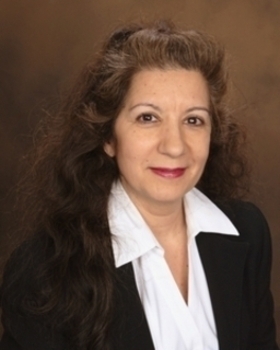Question
I have a patient who completed radiation therapy for laryngeal cancer 3 weeks ago. The ENT report stated that the patient had "severe supraglottic edema of the aryepiglottic folds and soft vocal cords and that vocal cords were grossly symmetric with phona
Answer
As your patient has had several weeks to heal from the past radiation therapy, voice therapy can commence. Studies have indicated that voice quality will deteriorate after radiation therapy and that voice therapy during this time has improved vocal quality overall compared with groups who did not receive voice therapy during radiation treatments (Honocodeevar-Boltear and Zargi, 2000).
Radiation is known to be damaging to both salivary and mucous glands, and there have been studies indicating the importance of vocal fold lubrication and hydration in the initiation and maintenance of voice. Fukuda and llegues (1988) have reported that, during phonation, airway fluid from the subglottal space mixes with ventricular fluid at the glottis to form a rotating column on the surface of the vocal folds. This, they indicate, not only lubricates, but additionally cools the vocal folds. Also, lubrication of the vocal fold epithelium is important for the mucosal wave, which is critical for sustaining vocal fold oscillation. Drier vocal folds have been demonstrated as having elevated phonation threshold pressure (Verdolini-Marston, Titze, & Druker,1990) and requiring greater phonatory effort (Verdolini,Titze, & Fennell, 1994).
Therapy should commence as soon as hydration levels are increased and maintained and edema of the surrounding supraglottic tissues have been determined not to be impeding vocal fold oscillation. Therapy would concentrate on easy phonation (i.e. easy onset, confidential voice) and soft vocal fold contact. Respiratory support of voice should be sufficient to support the breath group and should be monitored by the clinician in selected reading or spontaneous speech tasks. Gravely or hoarse voice quality should be expected as the tissue irritation and edema from the radiation will effect tissue density and oscillation. The clinician should strive to achieve the best voice quality that the patient can maintain at this early juncture after radiation therapy has ceased.
References
Fukuda, H., Kawaida, M., Tatehara, T., Ling, E., Kita, K.,Ohki, K., Kawasaki, Y., & Saito, S. (1988). A new concept of lubricating mechanisms of the larynx (pp. 83-91). In O. Fujimura (Ed.), Vocal physiology: Voice production, mechanisms and functions. New York: Raven Press.
Honocodeevar-Boltear, I. and Zargi, M. (2000). Voice quality after radiation therapy for early glottic cancer. Arch Otolaryngol Head Neck Surg, 126:1097-1100.
Verdolini, K., Titze, I. R., & Fennell, A. (1994). Dependence of phonatory effort on hydration level. Journal of Speech and Hearing Research, 37, 1001-1007.
Verdolini-Marston, K., Titze, I. R., & Druker, D. G. (1990). Changes in phonation threshold pressure with induced conditions of hydration. Journal of Voice, 4, 142-151.
Bridget A. Russell is an Associate Professor at the State University of New York Fredonia and directs the Speech Production Laboratory in the Youngerman Centers for Communicative Disorders at the University. She has published in the Journal of Speech, Hearing and Language (JSHLR), Speech and Voice Review. She has presented over 70 peer reviewed presentations at national and international conferences on voice and respiratory disorders. Dr. Russell also has served as an editorial consultant for JSHLR, National Science Foundation (NSF) and DelMar Publishing Group. Dr. Russell's research interests include voice disorders in children and adults, professional voice, and respiratory disorders of speech production.
To learn more on this topic and to view other topics in our field, please visit the SpeechPathology.com Library for a variety of courses.

